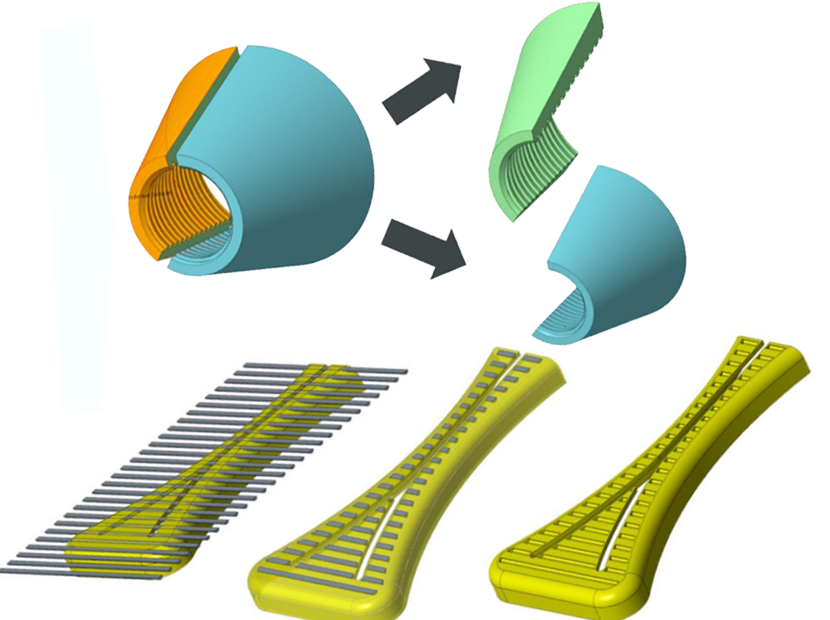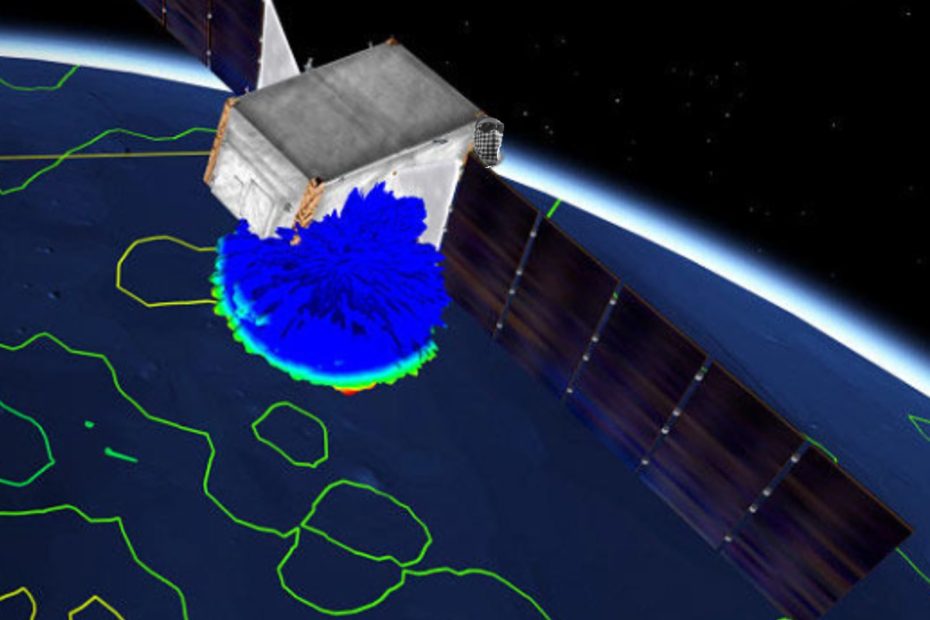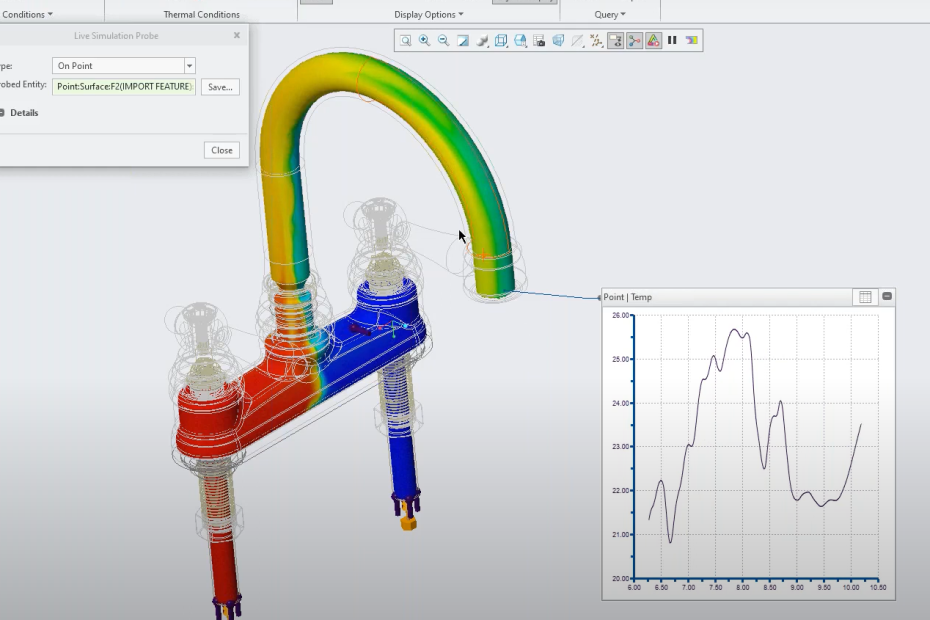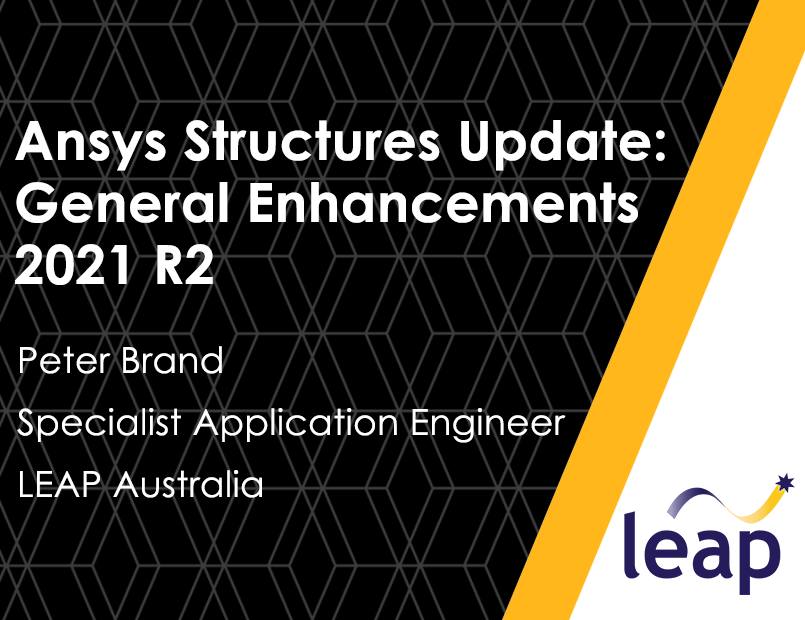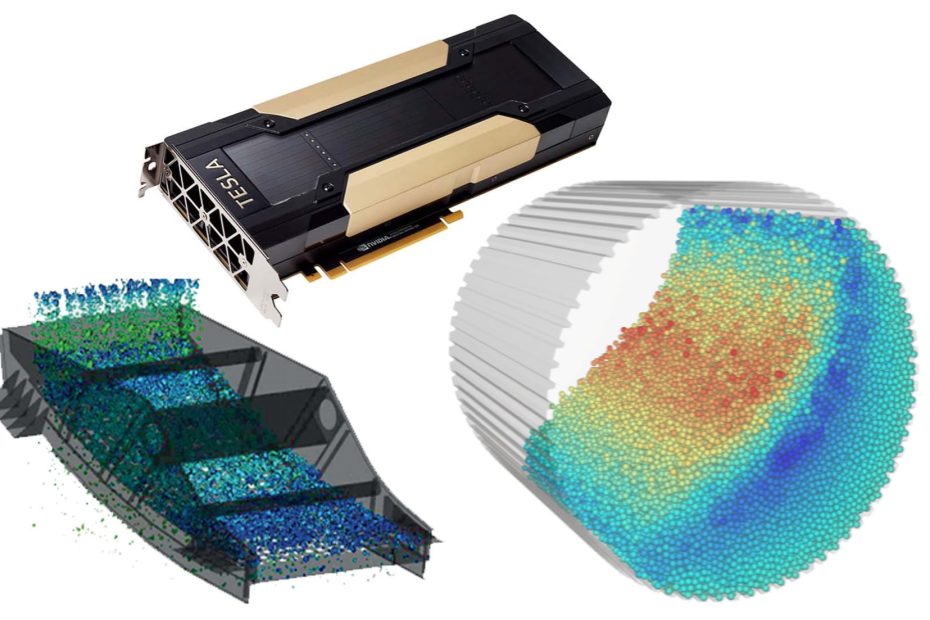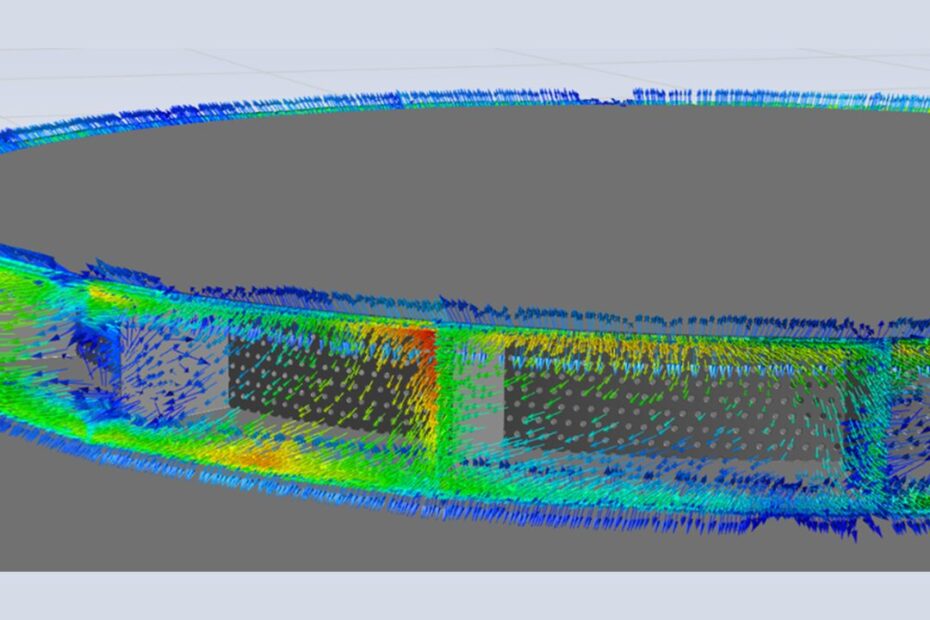Creo Multibody Design
Every seat of Creo now includes multibody design capabilities which can dramatically simplify part design and improve modelling efficiency. We recently presented a webinar looking at the surprising ways Multibody Design can help you develop higher quality products faster which we have summarised in this article including video clips of the presentation. Read on to learn how you can start working smarter with Creo Multibody Design today.

